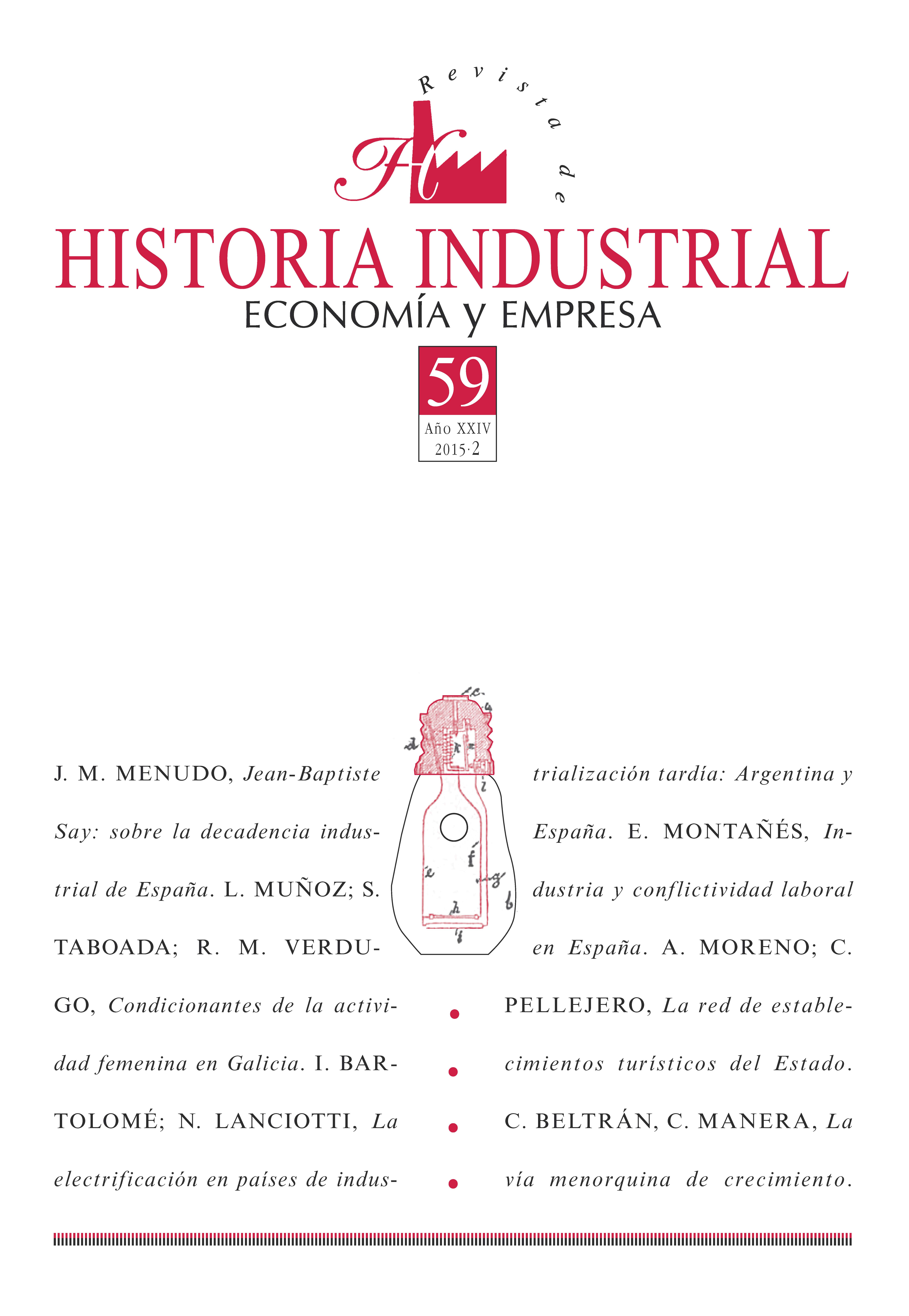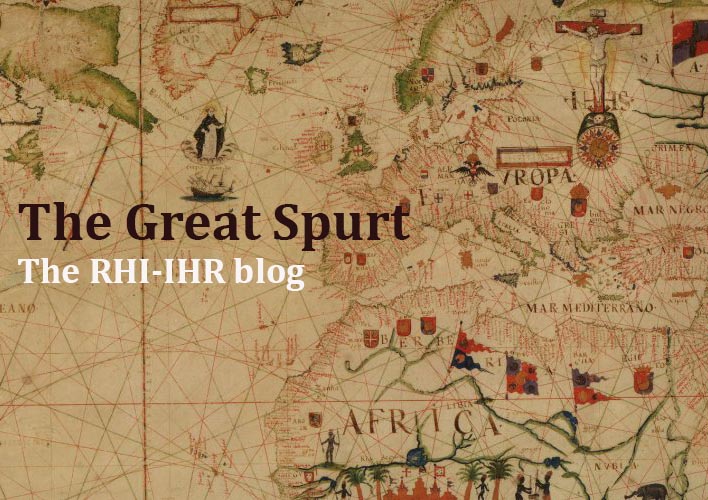Determinants of Female Labour Force Participation Rate by the middle of the nineteenth century in Galicia
Keywords:
Labor force and employment, Family income, Female participation ratesAbstract
This article aims to reconstruct female labour activity rates in Galicia in the mid-19th century, analysing supply and demand determinants. The research uses the national census enumerator’s books for 1857 and population registers from 1870 as its primary sources, and taxrecords provided by the so-called “Derrama General de 1857” as a secondary source. The methodology consisted of linking both sources and, through statistical analysis, examining the effects on female labour participation of different variables: age, marital status, husband’s occupation, household income, number of children and working children within the family. The municipalities selected represented different economic models within urban and rural Galicia: A Coruña was the largest commercial city in the region, in contrast to Ourense, the smallest Galician provincial capital; Padrón had agriculture, textile and tanning industries; Bueu was a fishing town with fish-salting industry, and Nigrán was a coastal agrarian town in the Vigo estuary.
Downloads
Downloads
Published
How to Cite
Issue
Section
License
The author assigns all rights to the publisher. Creative Commons
The author who publishes in this journal agrees to the following terms:
- The author assigns all intellectual property rights exclusively to the publisher for the entire duration of the applicable intellectual property rights.
- The publisher will distribute the texts under the Creative Commons Attribution License, which allows others to share the work, provided that they acknowledge the authorship, its initial publication in this journal, and the conditions of the license.





